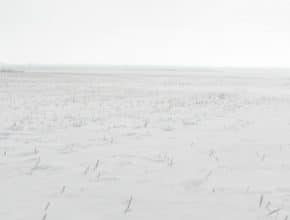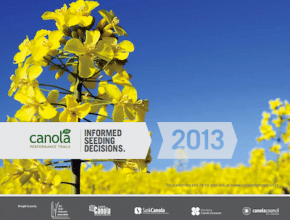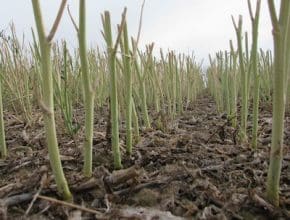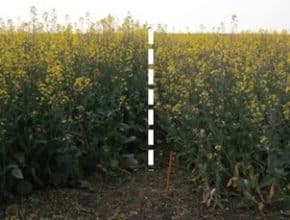The Canola Watch 2013 exam is posted and ready. Certified Crop Advisors (CCAs) and Certified Crop Science Consultants (CCSCs) who achieve 70% will get 6.5 credits. Ultimate Canola Challenge results show that many of the additive products tested would not have provided an economic return — based on 2013 results. The challenge will likely be repeated in 2014, which will…
December 11, 2013 - Issue 29
-
-
1. Paperwork. Go through notes you took through the 2013 growing season and get them organized for next year. Look for patterns in 2013 yield maps. For example, can good areas and poor areas be explained and provide some specific management direction for 2014? 2. Consider how to work check strips into your farm for 2014. These are a good…
-
Meaningful seed comparisons usually have the following features: 1. It comes from at least 15-20 sites, ideally from more than one year. 2. Statistical analysis is performed on the data to test its reliability. This analysis will also identify real statistically-supported differences between treatments or varieties. 3. Trials should follow a protocol applied across all sites. Without a protocol, differences…
-
The ideal canola stand will have 7-10 plants per square foot. Canola needs a minimum of 4-5 plants per square foot, on average, to reach its yield potential. A few extra plants improves the chance of hitting yield targets, and allows for some plant loss to insects and disease. Canola with plant populations below 4-5 per square foot can still…
-
-
The Canola Council of Canada ran the Ultimate Canola Challenge (UCC) across the Prairies in 2013. UCC plots in Alberta and Saskatchewan compared either 6 or 13 treatments, with nine sites producing useable results. Four sites had the 6-treatment trial and 5 sites had the full 13 treatments. The following three broad statements can be made based on 2013 results:…





